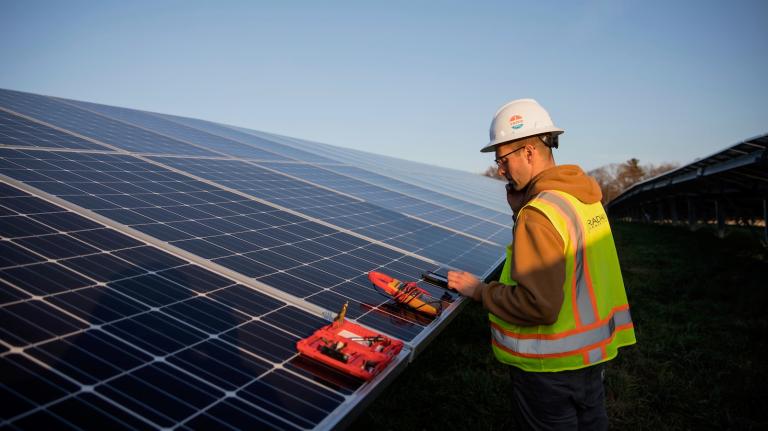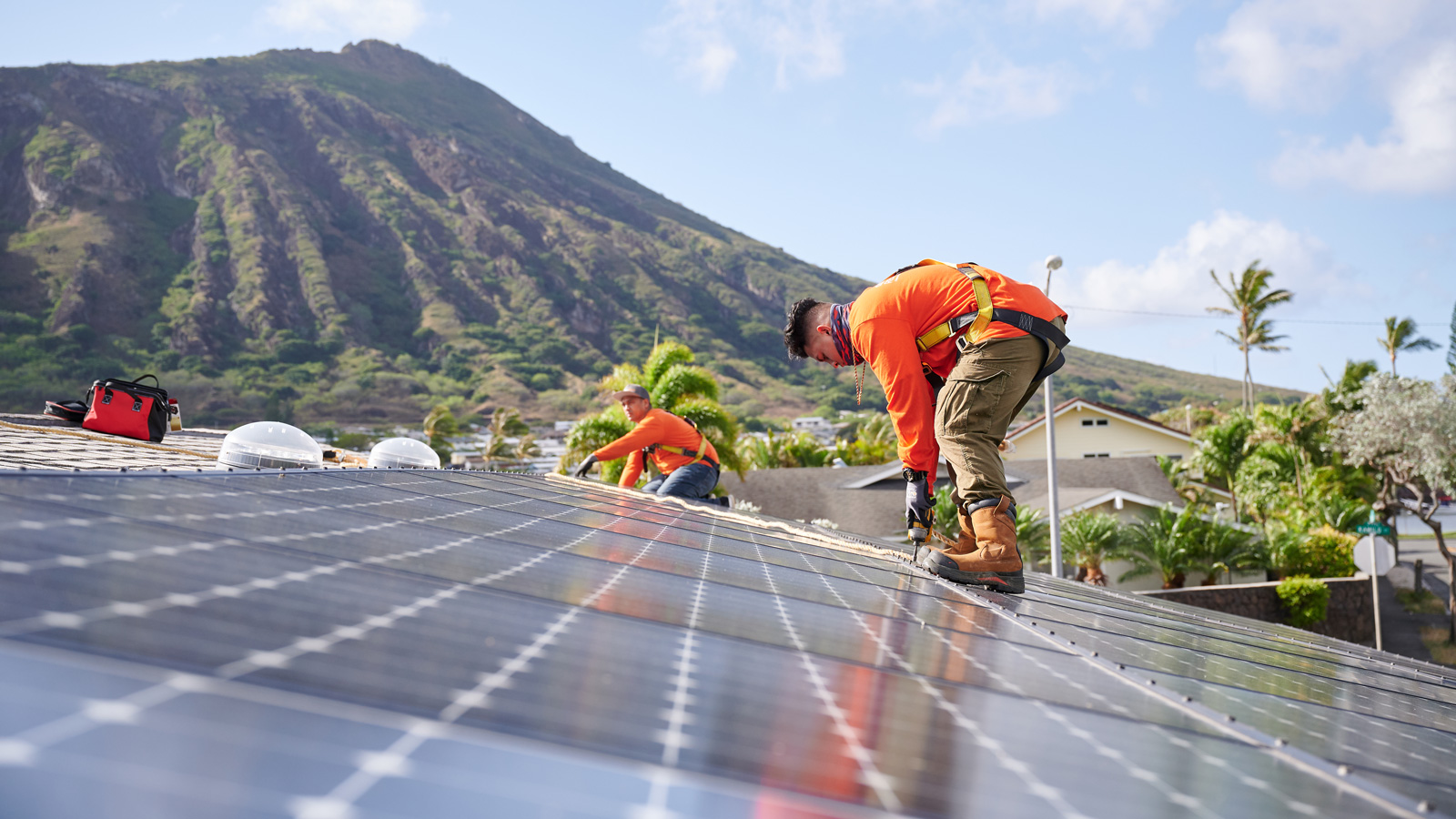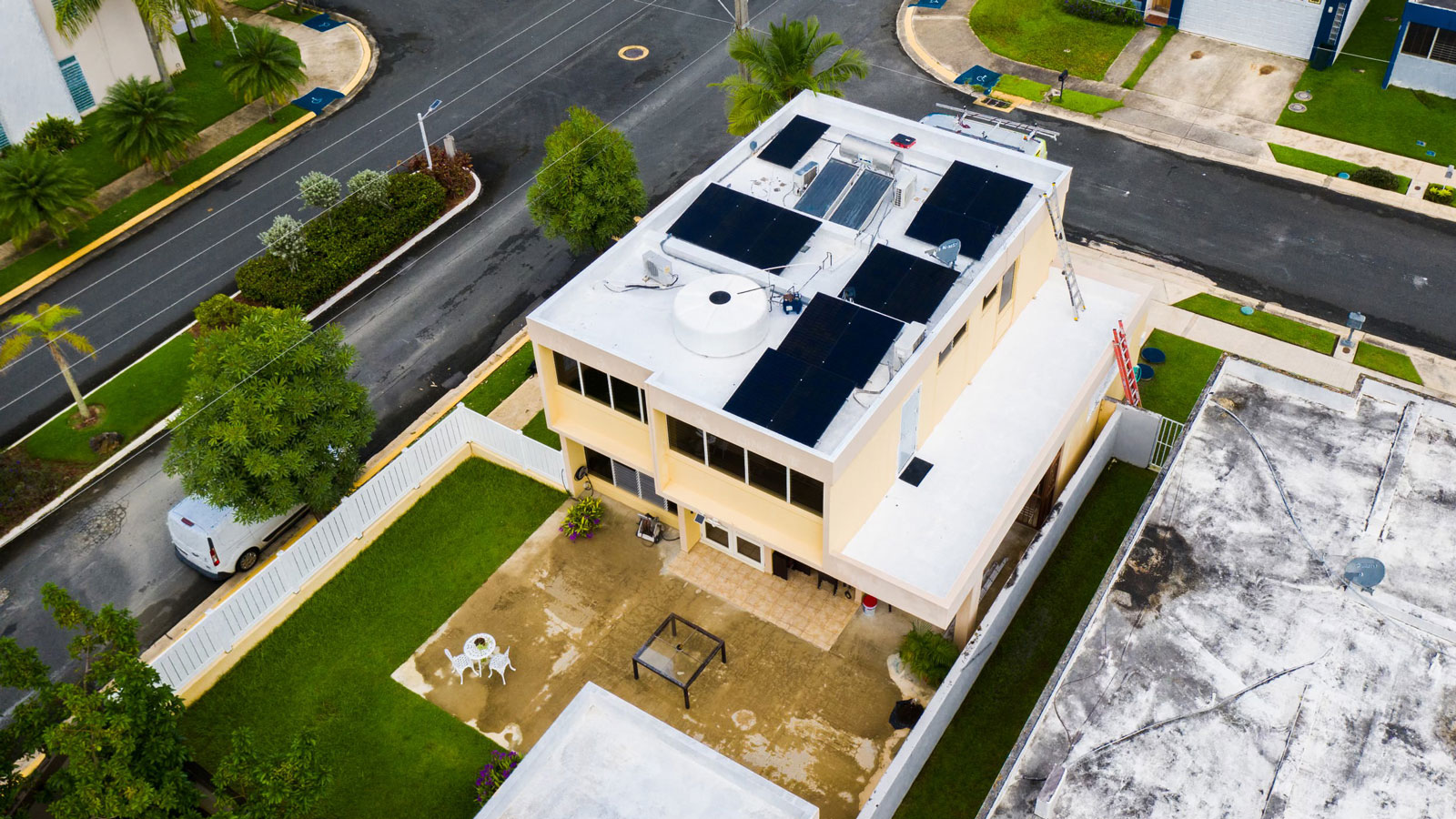This story was produced by Grist and co-published with Honolulu Civil Beat.
Hawaiʻi’s main utility is poised to radically revise how it compensates households for the power their batteries send to the grid, a move critics fear will stunt the potential for using that energy to prevent blackouts and hinder the state’s transition to 100 percent clean energy.
Hawaiian Electric, which serves every island except Kauaʻi, will launch the Bring Your Own Device program on April 1, offering households incentives to deliver power during peak demand. But the compensation is nowhere near what customers who joined an earlier battery program received, and some solar advocates worry it’s so low that people may not enroll at all.
That would be a missed opportunity to help build a modern energy system, said Rocky Mould, executive director of the Hawaiʻi Solar Energy Association. “It’s depriving us of the potential for a really viable grid service program that would benefit all. We should be moving as fast as we can to get off oil.”
The changes come amid a broader debate over how much to pay customers for power drawn from their solar panels and batteries. Several states, most notably California, are deeply cutting their so-called net metering programs, which are meant to boost solar adoption. However, Puerto Rico’s legislature recently voted unanimously to preserve the archipelago’s payment scheme until at least 2030, deeming it essential to meeting its clean energy goals.
The utilities and regulators favoring reductions say the credits are too costly for the ratepayers who subsidize them — a point Hawaiian Electric made to Grist in supporting the changes. Those favoring incentives argue that rollbacks can impede solar’s growth, prolong dependence on fossil fuels, and undermine energy resilience.
Hawaiʻi is under a legal mandate to use only clean energy by 2045, and has long been a leader in rooftop solar adoption, which comprises almost half of Hawaiian Electric’s renewable generation portfolio. But when it slashed compensation rates in 2015, installations dropped by more than half. The market recovered as customers found a new way to save money: Adding batteries and consuming stored power at night rather than buying it from the utility. Nearly every photovoltaic system installed now includes at least one battery.
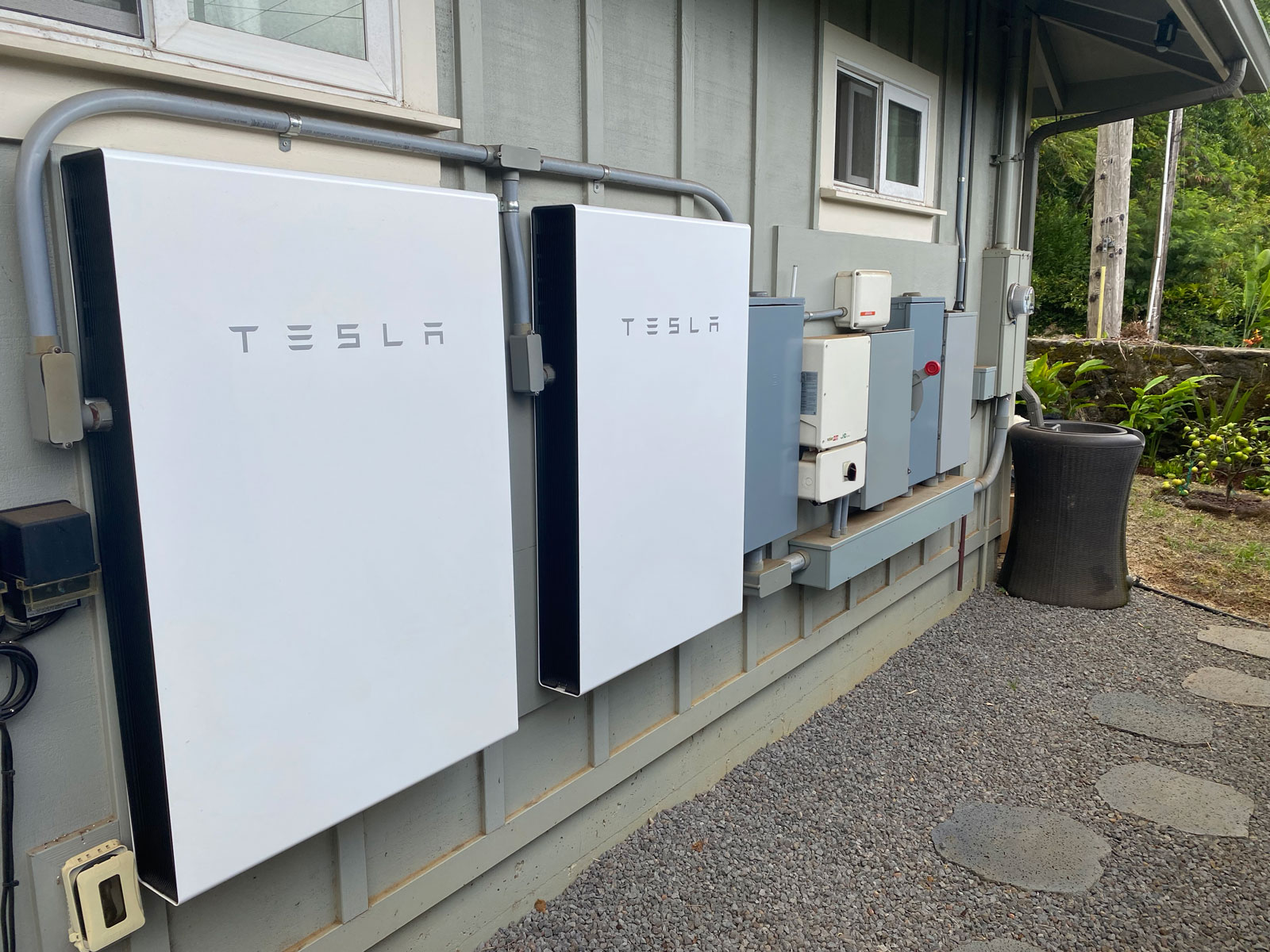
In 2021, as the state prepared to shutter its last coal power plant, it needed those batteries. With utility-scale renewable projects behind schedule, the state faced a generation shortfall. If households allowed Hawaiian Electric to tap their batteries, a resource called a virtual power plant, it could supply some of the capacity lost when the plant went offline.
Homeowners would need an incentive to do that, so Hawaiian Electric rolled out the Battery Bonus program. Customers on Oʻahu and Maui who agreed to let the utility draw power for two hours each evening, when demand is at its peak, received an upfront payment based on the size of their battery. They also earned a monthly incentive of $5 per kilowatt committed and a credit equivalent to the retail rate (the highest in the nation) for the electricity they contributed. On average, customers received around $4,250 when they signed up, a regular payment of $25 monthly, and a healthy discount on their bill.
The program was highly popular, especially on Oʻahu. “We already had a lot of traction with our customers installing batteries with their systems, but when they shut down the coal plant and introduced Battery Bonus, it just poured rocket fuel on the fire,” said David Gorman, co-founder and president of RevoluSun, the largest solar installer on the island. Still, Battery Bonus was a temporary program tied to the coal plant’s closure. Hawaiian Electric stopped accepting new signups on Oʻahu in December after the island reached its maximum enrollment capacity of 40 megawatts. (The program remains open on Maui, which has not yet reached its cap.)
Virtual power plants, or VPPs, allow states to reduce reliance on fossil fuel power plants and tap into clean energy without the costs and delays associated with building utility-scale projects. But the approach is dependent upon customer participation, and the incentives offered in Bring Your Own Device may not prove as compelling. The upfront payment is capped at $500, a small dent in the typical $9,500 purchase price for a battery.
Solar advocates are even more concerned about how Hawaiian Electric plans to pay households for their power. For most customers, the rates paid in the program set to take effect next month are far lower than the retail price of electricity. Although the batteries will serve the household’s load before exporting energy to the grid, customers will pay the retail rate for any power they need once the pack is depleted.
“It’s disincentivizing customers from participating,” said Mould, who added that a more complicated rate structure also could make the systems difficult to sell. “When you’re sitting across the proverbial kitchen table from a customer and selling these things, you really need something that’s simple and where the value proposition is easy to explain.”
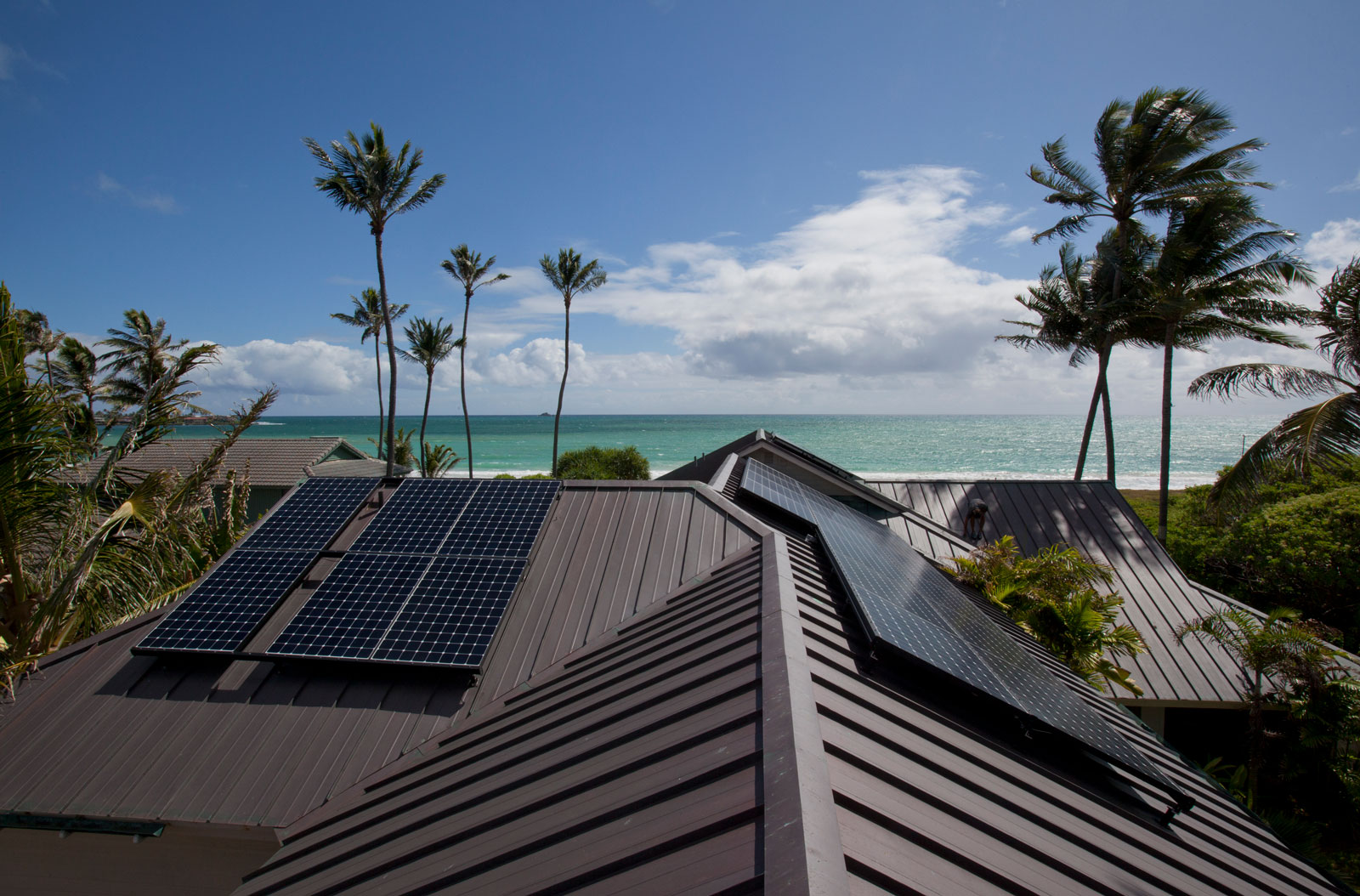
Gorman said the new program won’t necessarily cause solar installations to plummet like the changes to net metering did, but he agrees it could undercut VPP participation. “The electricity rates are so high that you don’t need those upfront incentives and rebates in order to think going solar is a good idea,” he said. “A PV plus storage system still has a very attractive payback period.”
In other words, customers may still get batteries, but they’ll keep that power for themselves. Widespread abstention from grid programs would undermine efforts to rein in electricity prices and meet Hawaiʻi’s clean energy goals, said Issac Moriwake, managing attorney for Earthjustice’s mid-Pacific region who was part of an appeal to the Hawaiʻi Public Utilities Commission to revise parts of the BYOD program.
“You ought to consider the big picture of how not only individual systems, but the aggregate, are able to respond to grid needs on call, and respond to emergencies,” said Moriwake. “There’s big-time value there.”
A system in which customers use their stored power only for their own needs is fundamentally inefficient, Moriwake added. “You’re talking about the utility spending gazillions of dollars to build their own huge utility-sized battery, and then customers are getting their own batteries, just duplicating investments and duplicating efforts,” he said.
In an emailed statement, a representative for Hawaiian Electric told Grist the new program is meant to keep rates affordable for customers who don’t have rooftop solar systems.
“Hawaiian Electric understands the position expressed by solar advocates,” the statement said. “However, there is an equity issue that must be considered as Hawaiian Electric rolls out these incentive programs. While we want to encourage customers to enroll in our programs, we also want to ensure the costs for the programs are spread fairly across customers, including those who are facing financial challenges.”
Moriwake said that position loses sight of the urgent need for Hawaiʻi to move beyond fossil fuels. Despite being among the first states to set clean energy targets, Hawaiʻi relies on imported oil to meet 75 percent of its electricity consumption. “I think particularly in the era of climate emergency, let alone brownouts and supply shortfalls, that we have to move past the nickel and diming around getting the rooftop solar compensation exactly right,” he said.
Hawaiʻi has also found itself grappling with generation shortages. On January 8, for the first time in almost a decade, failures at an Oʻahu oil-burning power plant coupled with a shortage in utility-scale stored energy caused an outage and led the utility to ask customers to conserve energy as it instituted rolling blackouts across the island. Home batteries enrolled in Battery Bonus kicked in, but that wouldn’t have been enough to meet demand.
“It begs the question, had we had a fully subscribed, operational program, what number would it have taken to avoid the blackouts altogether?” Mould said.
Hawaiian Electric also stressed that reducing demand also provides its own service to the grid. “The goal of BYOD is to reduce system-wide load during the evening peak when demand for electricity on the grid is typically the highest. When a customer consumes energy from their battery on site, they’re offsetting their load and helping achieve that goal.”
Those concerned about the new program await its impacts. Its rollout was to begin March 1, but was delayed a month to give the utility time to implement changes ordered by the utilities commission based on early objections to the program. Legislation to mandate retail-rate compensation is also pending, but won’t be heard this session. Solar advocates remain hopeful that, if enrollment remains low, Hawaiian Electric will adjust its compensation.
That’s what happened with Battery Bonus. When the utility introduced the program, it was more restrictive in who could participate and offered fewer incentives. Enrollments stalled, and as the power plant closure loomed, Hawaiian Electric expanded the incentives. Participation picked up.
